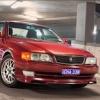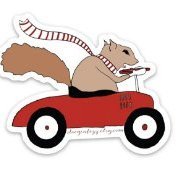Nsw Laws On Headlights (for Hid, Halogen, Whatever....)
Announcements
-
Similar Content
-
Latest Posts
-
Take it from a Chemical Engineer. It will be just fine.
-
Selling due to having a change over unit built with the gear set I want. In good condition, no crunching or grinding. Has 162k kms of use. $1300ono Pick up from Geelong or I could deliver in Melbourne area on the weekend for a cost.
-
I have 2 year+ new oil that I've been collecting (left over oil from oil changes) fully synethic, I was gonna use as back up oil. Apparently the oil breaks down after a while, loses its properties but I haven't looked extensively into it. Otherwise would put the entire bottle in my engine.
-
By Watermouse · Posted
Sorry guys I won’t make it. Tried hard to have my car fixed but I can’t get her to rev under load. Can cycle through the gears in granny mode but have nothing over 3,000rpm if I need to hit the accelerator.
-







Recommended Posts
Create an account or sign in to comment
You need to be a member in order to leave a comment
Create an account
Sign up for a new account in our community. It's easy!
Register a new accountSign in
Already have an account? Sign in here.
Sign In Now